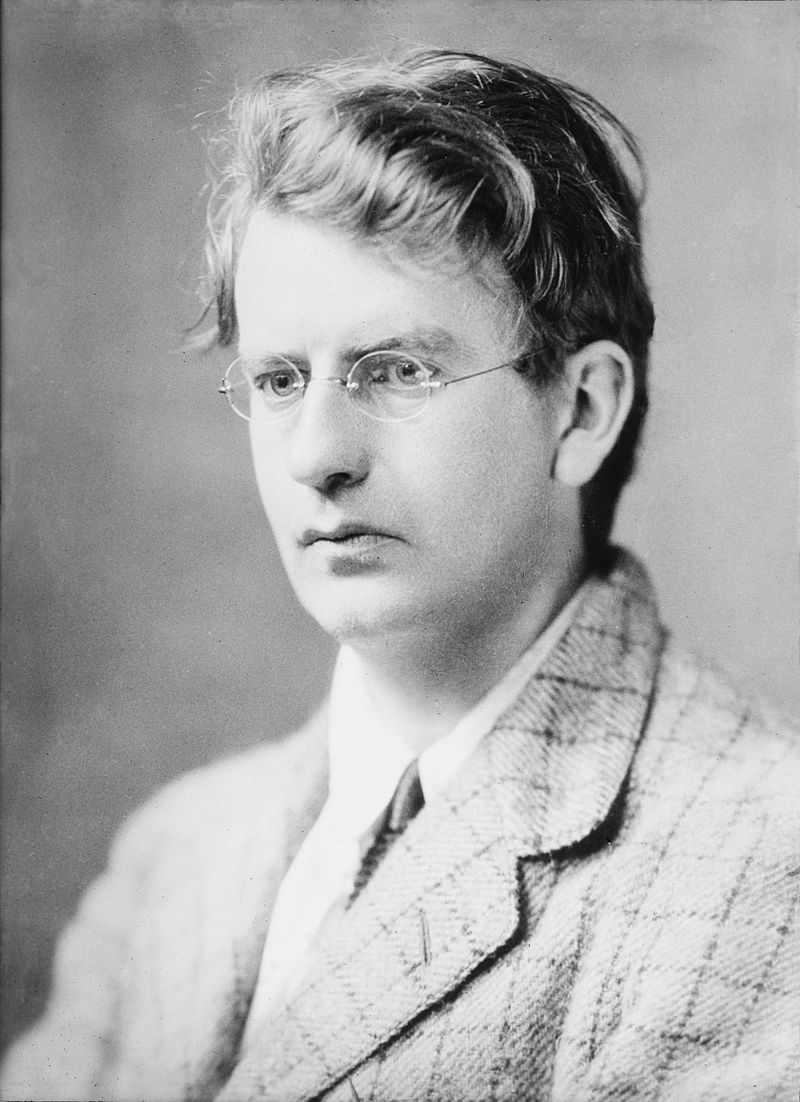On February 17, 1938, pioneer Scottish inventor John Logie Baird demonstrated color television to the public during a London event. The event showcased television history’s subsequent development while demonstrating the potential for future broadcast possibilities. Baird’s 1938 demonstration, which involved the transmission and display of color pictures, showed black-and-white TV firms that his technique worked, helping establish television’s development toward using color.
Baird had already made history in 1925 with the world’s first public television transmission, a significant milestone that laid the foundation for his later achievements. His 1938 color TV demonstration was another groundbreaking achievement. His television system assembled electronic and mechanical elements to make the first functional color television, significantly advancing TV development. His system showed that color television was possible and got engineers and inventors everywhere thinking about its future.
Baird’s experiments with color television laid the groundwork for the electronic systems we rely on today. His successful demonstration piqued the interest of people across the globe and inspired scientists to develop color television systems for public use in the 1950s. Baird’s work established the foundation for television’s growth and shaped today’s colorful global entertainment industry. His pioneering efforts in color television sparked technological advancements, transforming the entertainment industry into a dynamic and vibrant medium that continues to evolve and influence how we connect with content worldwide.
In 1938, Baird conducted a historic test that forever altered the course of television development. His relentless efforts led to the creation of the first practical color television system, inspiring many modern TV developments. Baird’s important work is not just a part of history but a living influence on television development, shaping its growth and evolution even today.

